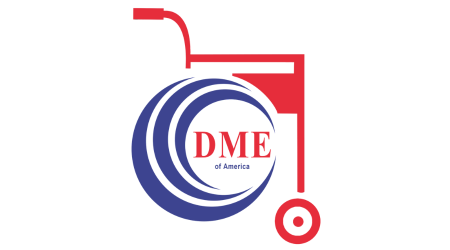The future is full of trends.In order to guarantee that patients receive the necessary medical equipment and that clinicians are fairly compensated, billing for durable medical equipment (DME) is a crucial component of healthcare management. The DME billing landscape is always changing due to the desire for more efficiency, legislative changes, and technology improvements. This blog examines recent trends and policies. Exclusively highlighting the importance and reshaping of the sector.
Technological Advancements in DME Billing:
The use of cutting-edge technologies is one of the biggest developments in DME billing. The way it's handled is being revolutionized by AI-powered technologies and automated billing systems. These technologies increase overall efficiency, decrease errors, and streamline the billing process. Providers can ensure correct billing and swiftly detect inconsistencies by utilizing machine learning techniques.
Electronic health records, or EHRs, are also quite important. Tracking orders and billing status is made simpler by the unified platform. Electronic health records (EHRs) offer a way of storing and accessing patient data. This connection improves adherence to healthcare laws while streamlining the billing procedure.
Policy Changes Impacting DME Billing:

Another important issue affecting how DME billing will develop in the future is policy development. Regulatory agencies like Golden Technologies and much more, like Compass Health Brands are always revising their regulations to take into account new issues and enhance the invoicing procedure. Value-based care, which prioritizes patient outcomes over the quantity of services rendered, is one prominent trend. This change is important since it calls for a more thorough rationale and documentation for the equipment recommendations.
The Role of Telehealth:
The development of telehealth is another development that has a big effect on DME billing, like joerns healthcare. The use of telehealth services has increased, particularly since the COVID-19 epidemic. Because DME is frequently prescribed as a result of telemedicine consultations, this move has affected the way it is managed, like strongback wheelchair.
In order to expedite the purchasing and billing process for DMEs like breas medical, telehealth platforms are being connected with billing systems. By ensuring that billing information is appropriately recorded during telehealth consultations, this integration lowers the possibility of mistakes and delays. Further adjustments to billing procedures will probably be required as telehealth's impact on DME billing grows.
Improving Patient Access to DME Billing:
The improvement of patient access to essential medical equipment is a key focus of future developments in DME billing. Reducing patients' out-of-pocket expenses through policy efforts is one way this is being accomplished. In order to make DME more accessible to patients, insurance companies and Medicare are updating their coverage guidelines to cover a wider variety of DME, like Mckesson and more vendors, like Pride Mobility are offering DME products for patient care.
Enhancing Billing Transparency and Communication:

Communication and transparency are becoming more and more crucial. Both clinicians and patients want greater clarity in the billing process, like Dr. Comfort and more companies provide it, like Afikim Electric Vehicles. Prospects for the future indicate that billing statements will become more transparent, offering comprehensive analyses of expenses and coverage. This openness lessens disagreements and aids patients in understanding their financial obligations.
Conclusion:
In a nutshell, the patterns are evolving day by day. It is highly imperative that providers like Circle Specialty be cognizant of and adapt to the changing scenario. Legislative modifications, technological developments, and changes in the healthcare environment will all have an influence on future DME billing. Interaction with EHRs, automated billing systems, and telemedicine is revolutionizing the way it is handled. Value-based care, fraud prevention, and improved patient access to DME are the main goals of policy development. Due to advancements in transparency and communication, the billing process is likewise becoming more efficient and patient-friendly, providing greater Feather Mobility.
FAQs
How is DME billing being altered by technology?
Intelligent automation tools and automated billing systems simplify cutting down on errors and increasing productivity.
Which policy modifications affect DME billing?
The way it is handled is affected by policy changes. that prioritize value-based care, fraud prevention, and enhanced documentation.
How does DME billing relate to telehealth?
Accurate invoicing for DME prescribed during virtual consultations is ensured by telehealth connections with billing systems.
Which trends are making it easier for patients to get DME?
In addition to lowering out-of-pocket expenses, policy actions and supply chain improvements guarantee the prompt delivery of medical equipment, like Rhythm Healthcare.
How are we improving communication and transparency?
To increase patient comprehension and involvement, providers are employing automated communication systems and comprehensive billing statements.

